Creating Safe Play Spaces For Children Post-Hurricane

Creating Safe Play Spaces for Children Post-Hurricane
Introduction
After a hurricane, children need safe spaces to play where they can be free from danger and the stress that arises from such natural disasters. Many children may also have lost their homes or had their homes badly damaged by the hurricane. As such, it is essential to create suitable play areas for them to help them cope better with the aftermath. In this article, we will discuss how to create safe play spaces for children post-hurricane.
Establishing a Safe Space
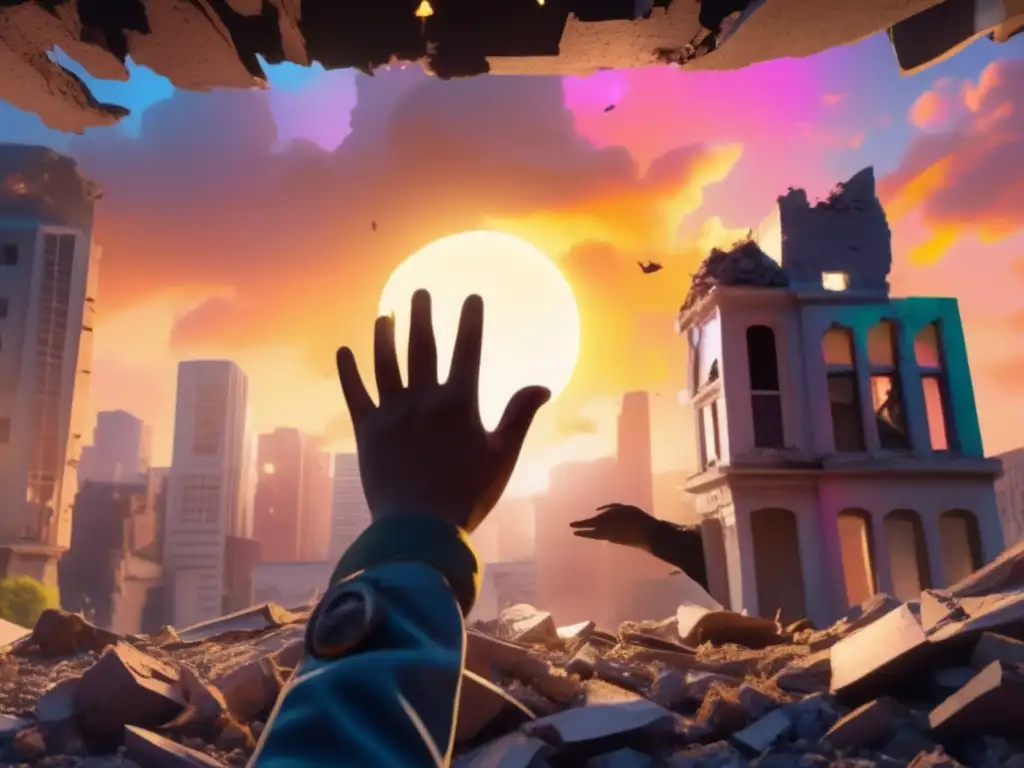
Securing the Area
Before setting up a play area, it is essential to ensure that the location is safe. If the area has been heavily damaged, make sure that any sharp objects, broken glass, metal, or other harmful items are removed. If there are trees around, check for weakened limbs. Inspect the area for any signs of animal activity or insect infestations that could pose a potential threat, such as wasp nests and snake holes. Additionally, make sure that there are no hazards such as open drains or uncovered manholes that could cause accidents.
Creating Boundaries and Barriers
Another important aspect of creating a safe play area is establishing boundaries and barriers. Set up fencing or barrier tapes to designate the play zone. The boundary should be away from any high-risk areas such as roads or any unsafe structures that are yet to receive repair. This helps prevent children from wandering off into dangerous areas. Also, ensure that the fence is secure and that there are no gaps that children could crawl through.
Selecting Appropriate Play Equipment
The next step is choosing the right play equipment for children. It is important to select equipment that is age-appropriate and safe for the children to use. Avoid equipment with sharp edges, rusty metals, loose swing seats, exposed bolts, or anything that presents a risk of cuts and injuries. Also, ensure that the equipment can support the weight of the children who will be using it. Lastly, consider choosing equipment that allows for creative play, such as sandboxes and water tables.
Maintaining a Safe Play Area
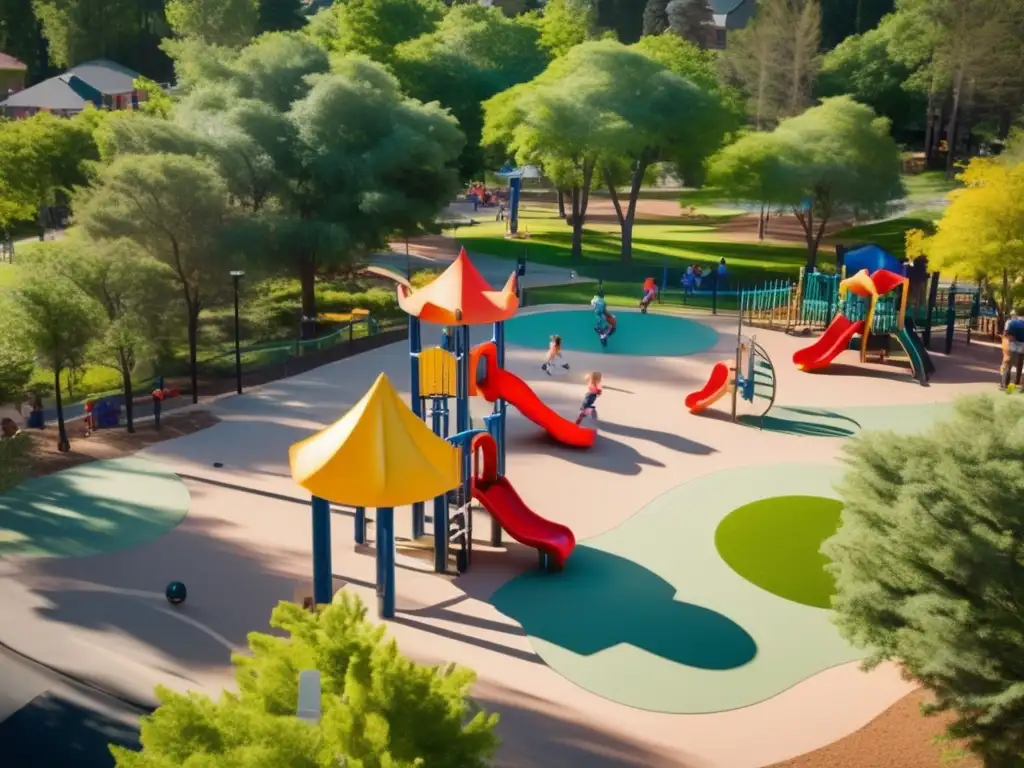
Regular Inspection
After setting up the play area, it is important to inspect it regularly, especially after heavy rainfall or high wind events. Inspect the equipment to ensure that it is still in good condition and make repairs as necessary. Remove any debris such as broken branches and leaves that could have accumulated in the play area. Also, look out for any signs of animal activity that could pose a threat, such as new holes or burrows that have been dug.
Regular Sanitization
Children tend to touch everything, so it's crucial to keep the play area clean and sanitized. Regularly clean the play equipment using soap and water to prevent the buildup of dirt and grime that could provide a breeding ground for bacteria and germs. Also, clean the sandbox regularly, and replace the sand whenever necessary. Consider placing a hand hygiene station near the play area and encourage children to wash their hands regularly.
Use of Protective Gear
It is important to use protective gear when using playground equipment. Encourage children to wear appropriate footwear, especially on hot days when the equipment may become too hot to touch. Additionally, make sure that the children are dressed appropriately for the weather and the play activity. Use sunscreen and insect repellant to protect against the sun's rays and any insects that may be present in the area.
Safety Tips for Children
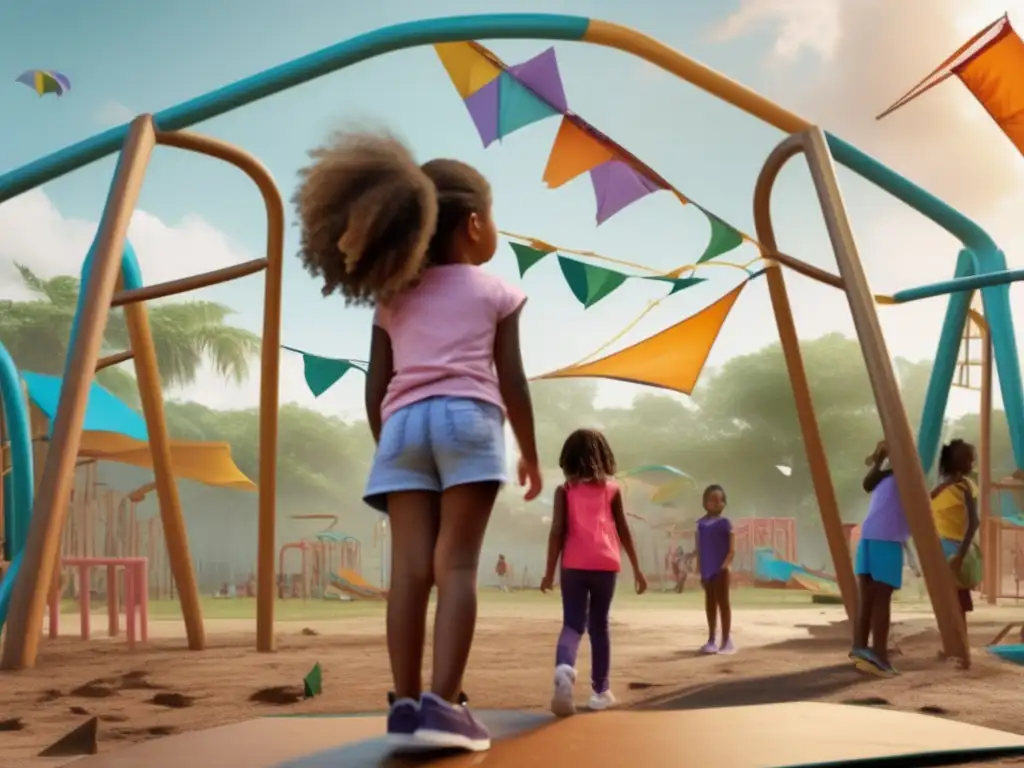
Supervision
Adult supervision is crucial when children are playing in the play area. Ensure that there is always at least one adult present who can monitor the children and quickly respond to anything that may go wrong. Encourage parents and caregivers to share this responsibility amongst themselves.
Safety Rules
Teach children about safety rules before they start playing. Explain the dos and don'ts of playing in the play area, including rules on equipment use, behavior, and any hazards. For example, teach children not to push each other or climb on equipment inappropriately.
Emergency Procedures
Have an emergency plan in place that can be quickly executed in case of an accident or incident. Teach children what to do in case of an emergency, such as shouting for help or calling 911.
Frequently Asked Questions
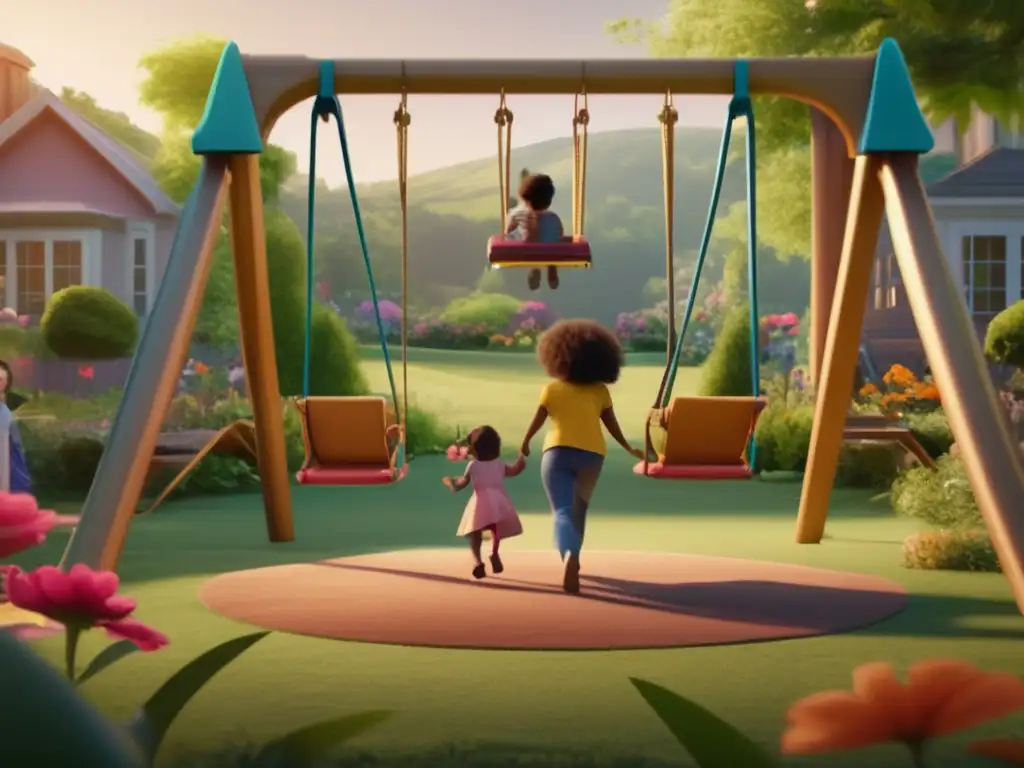
-
Can children play outside after a hurricane?
Yes, children can play outside after a hurricane, provided the area has been deemed safe. However, it is important to take precautions and ensure that the play area is secure and free from any hazards that could cause injury.
-
What type of play equipment is suitable for post-hurricane areas?
Play equipment that is age-appropriate and safe to use should be chosen. Be sure to consider equipment that allows for creative play, such as sandboxes and water tables.
-
How often should the play area be inspected?
The play area should be inspected regularly, especially after heavy rainfall or high wind events. It is important to ensure that the equipment is still in good condition and make repairs as necessary.
-
What safety rules should be taught to children before they start playing in the play area?
Children should be taught safety rules such as rules on equipment use, behavior, and any hazards. For example, children should not push each other or climb on equipment inappropriately.
-
How can parental supervision help prevent accidents?
Parental supervision can help prevent accidents by ensuring that children are being monitored and quickly responding to anything that may go wrong.
Conclusion
Creating safe play spaces for children post-hurricane is essential to ensure that they have a safe and stress-free environment where they can play and recover from the hurricane's traumatic experience. To create a safe play space, it is important to secure the area, set up appropriate boundaries and barriers, select age-appropriate play equipment, and regularly maintain and sanitize the play area. Children should be supervised while playing and be taught safety rules and emergency procedures. While the focus of this article is on creating safe play spaces post-hurricane, the information shared here is applicable in any situation where safe play spaces need to be established.
For more information about hurricanes and hurricane-related topics, please visit our website, hurricaneinsider.org.
Additional Resources
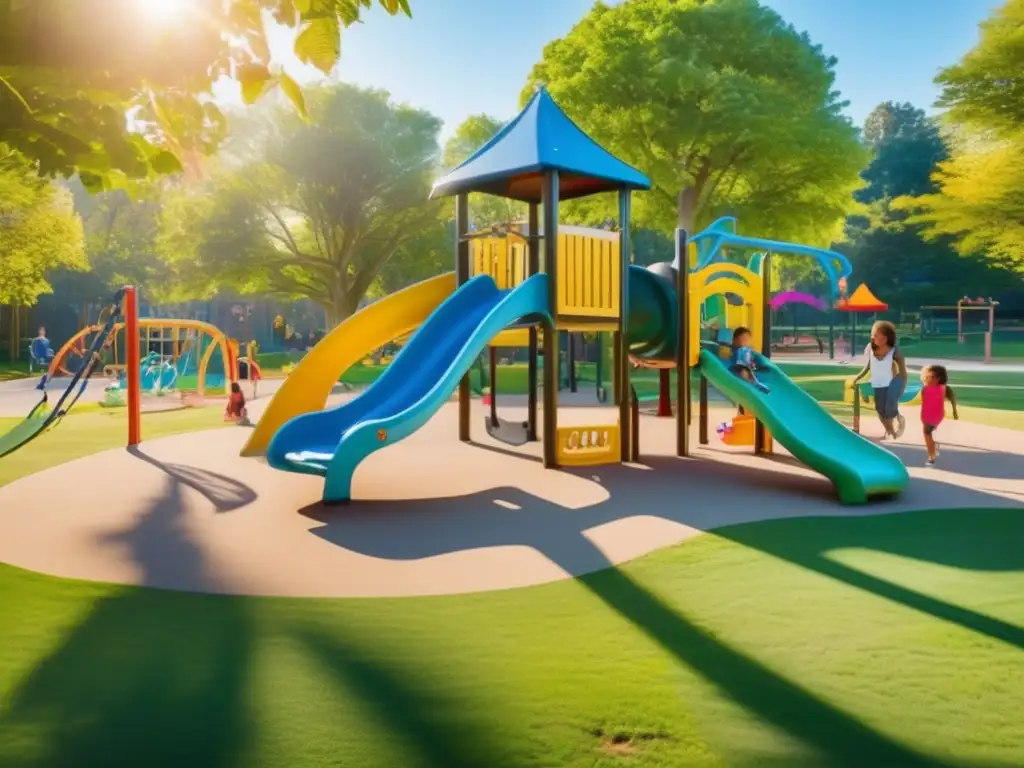
- CDC - Play Areas for Children After Disasters
- National Association for the Education of Young Children - Coping With Natural Disasters
- FEMA - Safe Play After a Disaster
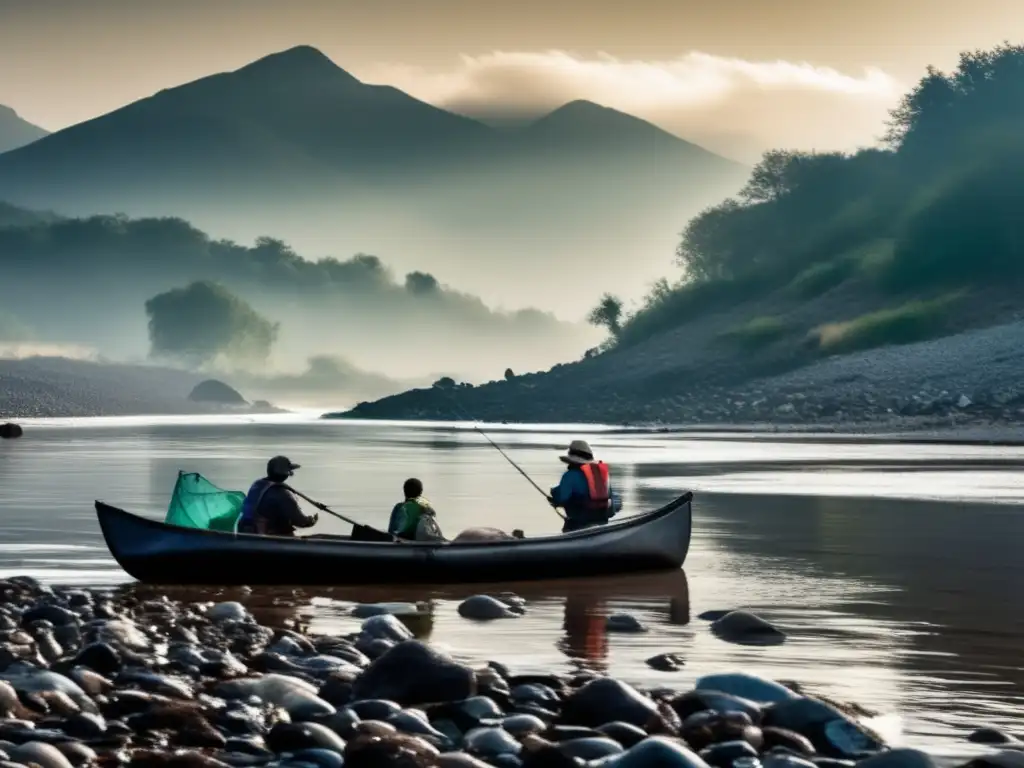 Contaminated Water: Safety Tips For Post-Hurricane Consumption
Contaminated Water: Safety Tips For Post-Hurricane Consumption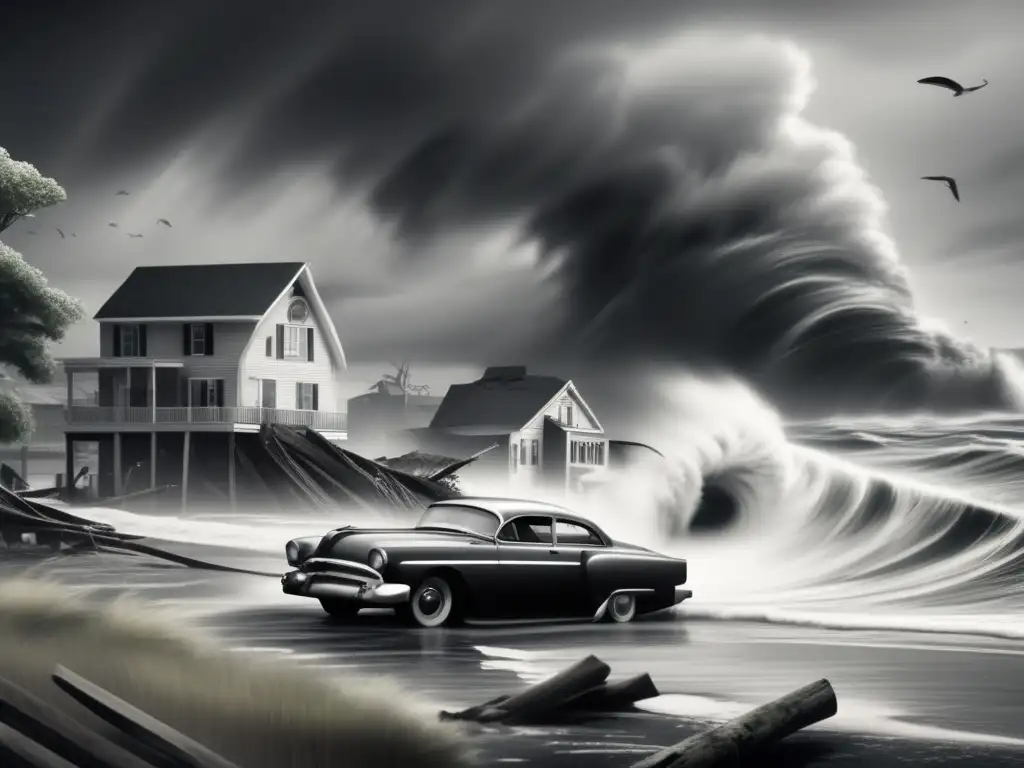 Handling Personal Injuries Sustained During A Hurricane
Handling Personal Injuries Sustained During A Hurricane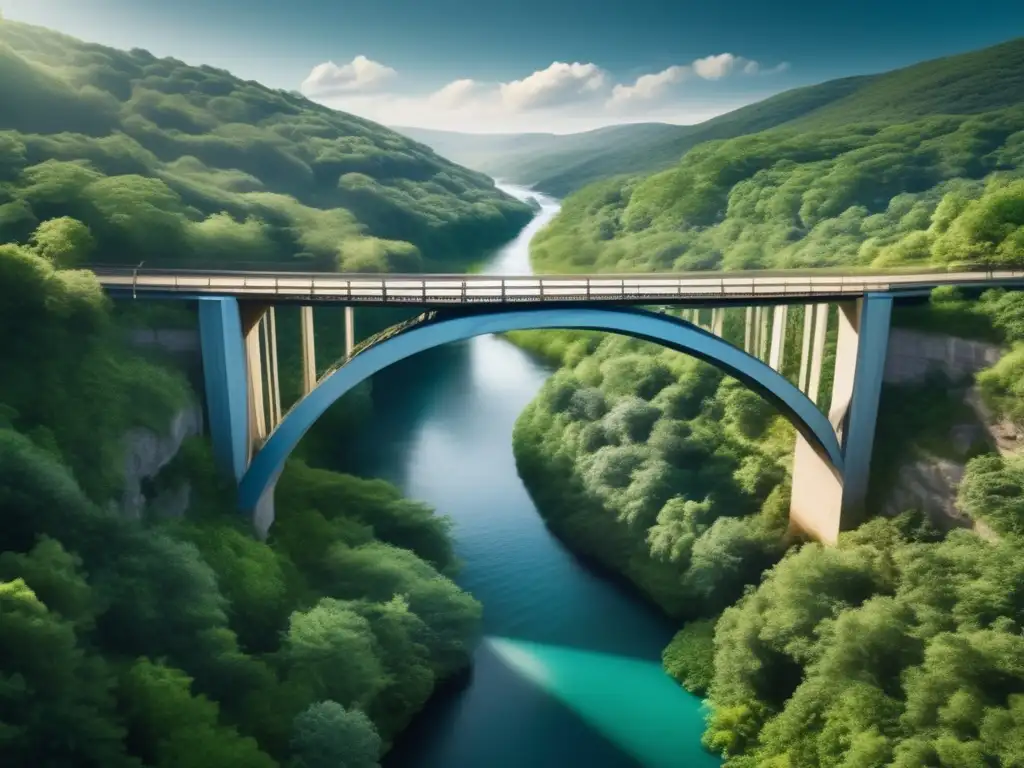 Rebuilding Infrastructure: Roads And Bridges Post-Hurricane
Rebuilding Infrastructure: Roads And Bridges Post-HurricaneIf you want to discover more articles similar to Creating Safe Play Spaces For Children Post-Hurricane, you can visit the Hurricane recovery: category.
Leave a Reply

Articulos relacionados: